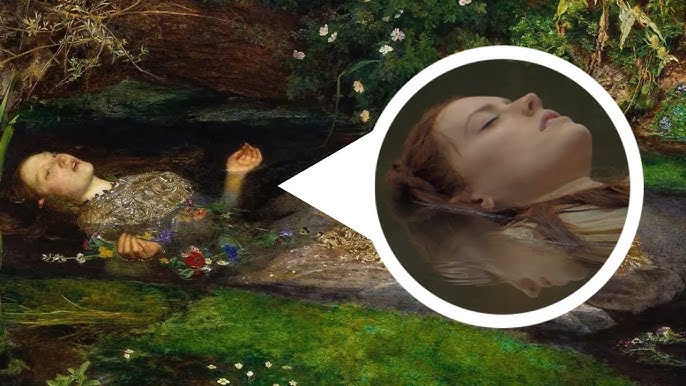
Eyes in Literature: Characters with Iconic Vision
admin
- 0
kfoodfair2015.com – Throughout literary history, authors have used eyes as a powerful symbol to convey deeper meanings, reveal character traits, and drive narratives. From representing insight and knowledge to illustrating vulnerability and emotion, eyes in literature often hold a special significance. In this article, we explore some iconic characters whose vision—or lack thereof—has left a lasting impression on readers.
The All-Seeing Eye: Insight and Wisdom
Oedipus from “Oedipus Rex” by Sophocles
In this classic Greek tragedy, the theme of sight and blindness is central. Oedipus, the king, is physically sighted but blind to the truth of his own life. His journey from ignorance to knowledge is symbolized through the motif of sight, culminating in his self-inflicted blindness as a metaphor for gaining insight.
Sherlock Holmes from Arthur Conan Doyle’s Series
Sherlock Holmes is renowned for his keen observational skills, often noticing details that others overlook. His “vision” goes beyond the physical, representing his intellectual prowess and ability to see through deception, making him an iconic character in detective literature.
Eyes as a Window to the Soul: Emotion and Vulnerability
Jay Gatsby from “The Great Gatsby” by F. Scott Fitzgerald
In Fitzgerald’s novel, Jay Gatsby’s longing and vulnerability are often reflected through his eyes. The famous image of Gatsby staring at the green light across the bay symbolizes his unattainable dreams and desires, with his eyes conveying a deep sense of yearning.
Ophelia from “Hamlet” by William Shakespeare
Ophelia’s eyes serve as a representation of her emotional turmoil. Her descent into madness is mirrored through her increasingly vacant and troubled gaze, highlighting her vulnerability and tragic fate.
Blindness and Insight: Seeing Beyond the Physical
Tiresias from Greek Mythology
Tiresias, the blind prophet, appears in various Greek myths and plays. Despite his lack of physical sight, he possesses profound insight and foresight. His character challenges the notion of vision, illustrating that true understanding goes beyond what is seen.
Jorge Luis Borges from “The Library of Babel”
In Borges’ short story, the fictional universe is a vast library containing all possible books. The narrator’s philosophical exploration of knowledge and understanding reflects Borges’ own experience with blindness, emphasizing how vision extends beyond the literal to encompass intellectual and existential insight.
Eyes as Symbols of Power and Control
Sauron from “The Lord of the Rings” by J.R.R. Tolkien
Sauron’s eye is a powerful symbol of surveillance and control. The “Eye of Sauron” represents the dark lord’s omnipresent watchfulness and his desire to dominate Middle-earth, serving as a chilling reminder of his oppressive power.
Conclusion
Eyes in literature serve as a multifaceted symbol, representing everything from insight and knowledge to emotion and power. Through these iconic characters, authors have explored complex themes and ideas, using vision as a tool to deepen our understanding of their narratives. As readers, we are invited to see beyond the surface and explore the rich symbolism that eyes bring to the literary world.


